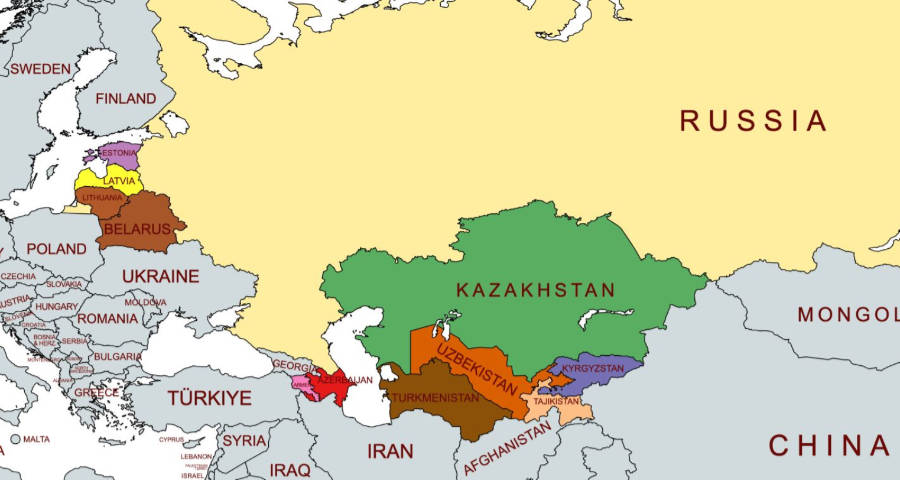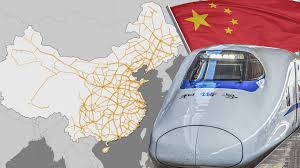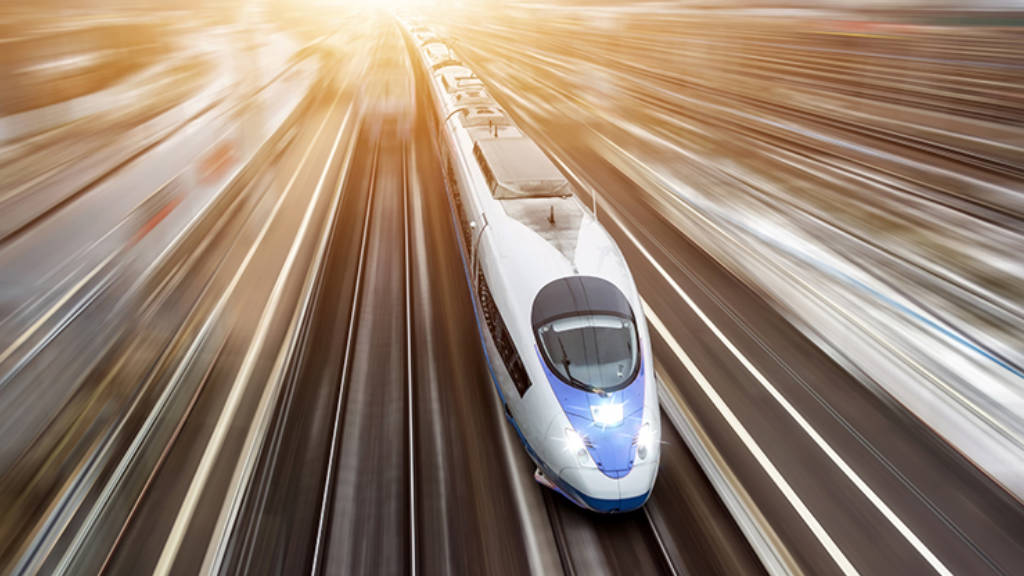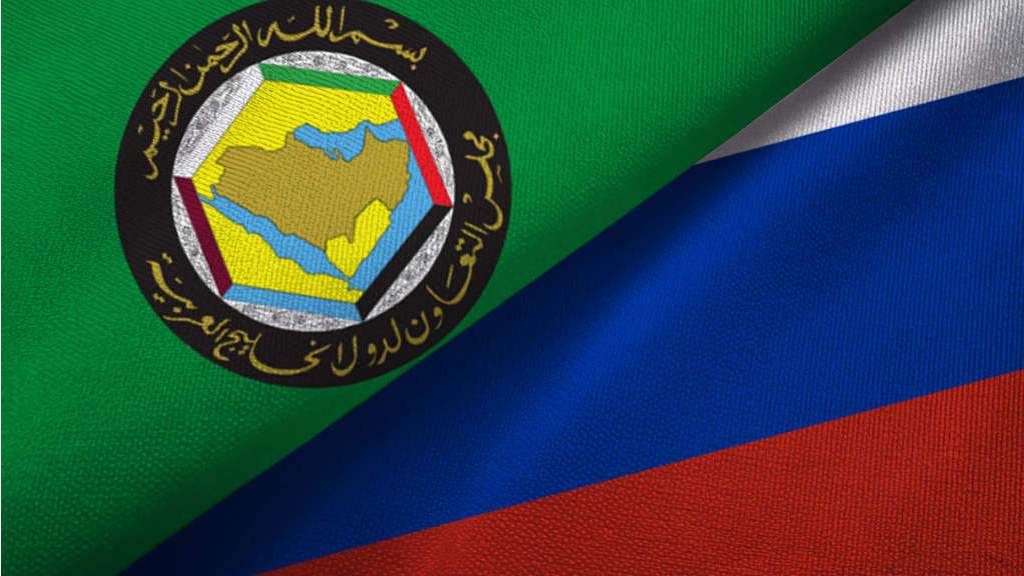Foreign transport companies, including those from the CIS countries, are showing great interest in studying Russia’s approaches to building the country’s first high-speed railway (HSR), according to Russian Transport Minister Roman Starovoit.
Russia is preparing to build an HSR between Moscow and St. Petersburg. Starovit said that “The subject of the high-speed railway is a landmark event. Our foreign colleagues – friendly countries, the CIS – are very interested in studying our approaches.”
Starovoit noted that discussions with interested parties included timely financing, financial model implementation, technical issues with component manufacturers, rolling stock, and the progress of accompanying road highway construction.

The first high-speed railway in Russia will connect St. Petersburg and Moscow and is designed for passenger traffic. It will pass through six Russian regions: Moscow, St. Petersburg, Leningrad, Novgorod, Tver, and Moscow regions. Trains will run every 15 minutes. By 2030, passenger traffic between St. Petersburg and Moscow will amount to about 23 million people per year.
According to the Russian government timeframes, the design and construction of the Moscow-St. Petersburg high-speed highway is scheduled for 2024-2028, and commissioning – for the second quarter of 2028.
CIS Nations Railway Network

The CIS effectively now includes Armenia, Azerbaijan, Belarus, Kazakhstan, Kyrgyzstan, Russia, Tajikistan and Uzbekistan and has railway networks as follows:
Commonwealth of Independent States 2025: Railway Network Length
| Country | Rail Network (km) |
| Armenia | 845 |
| Azerbaijan | 2,932 |
| Belarus | 5,312 |
| Kazakhstan | 16,636 |
| Kyrgyzstan | 424 |
| Russia | 105,000 |
| Tajikistan | 680 |
| Uzbekistan | 4,669 |
| Total: | 136,498 |
CIS+ Expansion

The above data notwithstanding, most of these countries are actively undergoing expansion of their rail networks. This is largely because Western sanctions upon Russia have driven the huge Russian market – and its geographical landmass – to markets in the east. The CIS countries wish to take full geographical advantage of this and are subsequently also investing in expanding their networks.
The CIS countries are also expanding beyond their own borders to engage in more Eurasian rail connectivity as well. This includes substantial projects such as better connectivity with China, as well as with the International North-South Transportation Corridor (INSTC) leading to additional markets and rail networks in the Middle East, as well as to South Asia. These will specifically link to other important national rail networks as follows:
| Country | Rail Network (km) |
| Iran | 16,998 |
| Pakistan | 7,791 |
| India | 69,512 |
| China | 159,000 |
These countries are also expanding their rail networks, most notably Pakistan, under China’s Belt & Road Initiative. Further integration will occur when the proposed Trans-Afghan railway (573km) is eventually bought into play. Feasibility studies remain ongoing.
High Speed Rail Developments

High-Speed Rail is not a complete solution for all of the CIS and related networks. However, it will be used as fast-track movement between specific cities. Although Russia has yet to complete its own HSR, the technology is well known and tested – mainly in China, as at the end of 2024 had 48,000km of HSR tracks and rolling stock in use. That compares with Japan’s 2,951km. In this comparison it can be seen that Russia – and the CIS – both of which share significant borders with China – are somewhat behind in HSR development.
However, converting a regular rail line to a high-speed rail (HSR) line is a complex and expensive process, requiring significant infrastructure upgrades and changes to operating conditions. It is not as simple as just swapping out newer, faster trains, but it is possible to upgrade existing lines to accommodate higher speeds, though the extent and costs vary. The main economic pointer is speed of travel being reflected as a cost saving.
In this regard, while China has become a world leader in HSR technologies and implementation, Russia is looking to its own experience in building its own HSR as a platform to potentially sell the technology into the CIS and beyond. China already does this as part of its Belt & Road Initiative, and has built HSR networks in Indonesia, Saudi Arabia and Turkiye.
As can be seen from the description of the CIS+ existing rail networks, there is a huge market to develop. If Russia can provide solutions – especially in finance and to some extent security – a CIS HSR development plan to alleviate city to city and port to city logistics appears to be a project that will continue well into the next decade and beyond.
Further Reading
Russian Railways Logistics Launch Cargo Delivery Service to China via Iran





